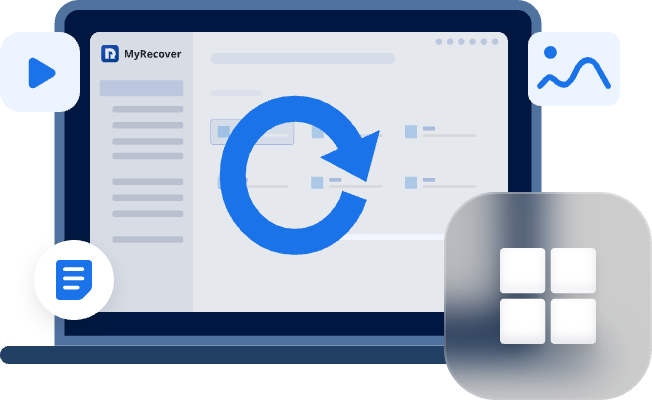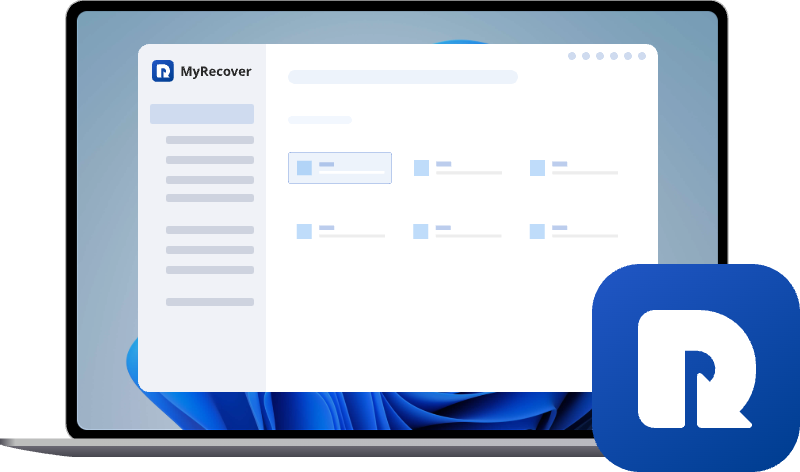How to Recover Compressed Files
Wondering how to recover zip files that are lost or corrupted? This guide covers the best recovery methods, software, and quick fixes to restore your important compressed data safely and efficiently. Learn expert tricks to prevent future ZIP file loss.
Why Compressed Files Get Corrupted or Lost
Compressed archives are just files like any other, but they have a header and an internal structure. Common reasons they fail:
- Interrupted download or incomplete transfer (network hiccup).
- Disk errors or bad sectors where archive bytes live.
- Software crash while creating the archive.
- Virus or accidental truncation.
- Mismatched tools or incompatible versions (an older tool may not read a new format).
Knowing the cause helps pick the right recovery method — partial corruption is often repairable; physical drive damage is a different story.
Quick Rules Before Attempting Recovery
Before you do anything adventurous, follow these rules:
- Stop using the drive that held the archive — don’t extract or save recovered files back to it. Writing new data can overwrite recoverable bytes.
- Work from a copy — if possible, copy the damaged archive to another healthy drive (preferably image the whole drive; see "image first" below).
- Mount read-only or boot from a rescue USB to avoid accidental writes.
- If the drive makes clicking noises, stop — that’s often a sign of physical failure. Call a professional.
Before heavy recovery, image the drive to protect original data:
1. Use tools like dd (Linux/macOS), ddrescue, or a Windows imaging app to create a sector-by-sector copy.
2. Work on the image file (a .img) rather than the original drive. This prevents accidental writes to source.
3. Many professionals prefer ddrescue because it retries bad sectors more intelligently.
Imaging is extra effort but it preserves your last chance at professional recovery.
How to Recover Compressed Files
Missing .zip file - is it possible to recover the data from an archive?
I created an archive of some data using Bandizip. The .z01, .z02, .z03 etc were uploaded to cloud backup but for whatever reason the .zip file was not uploaded. The original local copies have now been deleted.
Is it possible to recover at least some of the data from the archive files without having the .zip file?
- Question from Reddit
Follow these and you dramatically increase your odds.
Option A — Use Myrecover (Easy, GUI)
If you prefer a GUI tool that’s designed for Windows and handles many loss scenarios, MyRecover is a solid choice. It’s a user-friendly Windows data recovery program that can scan drives for deleted or lost files and recover many file types, including compressed files. It supports recovery from formatted/accidentally deleted partitions and has preview features so you can check recovered files before saving them.
Step 1 — Download & Install Safely
Go to the official MyRecover site to download — avoid unknown third-party mirrors.
Step 2 — Select the Affected Drive/Folder
Launch MyRecover. From the main screen, select the drive that contained the compressed file.
Step 3 — Quick Scan Then Deep Scan
Start with a Quick Scan (from the entire "Delete Files Recovery" or "Recycle Bin Recovery" in the left pane) — it’s fast and often finds recently deleted or small corruption cases. If results aren’t good, run the Deep Scan (it takes longer but digs bit-by-bit for lost entries). Let it finish — deep scans can take hours on large drives.
Step 4 — Preview & Recover Compressed Files
Use preview to inspect archive entries (many modern recovery tools can preview archive contents or list filenames). Select the compressed file(s) and recover to a different healthy drive. Never recover back to the original faulty drive.
After recovery, verify the archive by trying to open it with 7-Zip or WinRAR and run extraction.
Why use MyRecover?
It’s straightforward for non-tech users, has a preview, and recovers in many loss scenarios. But note: if the archive’s internal header is badly damaged, you might need the manual repairs below.
Option B — Manual Recovery Methods (Free / Power User)
If you prefer free tools or MyRecover doesn’t solve the problem, try the manual techniques below. These are ordered roughly from least to most technical.
Method 1 — Repair with 7-Zip (Best for 7z And Many Zips)
7-Zip has built-in tools and strategies to handle many corrupt archives.
GUI steps:
1. Install the latest 7-Zip from the official site. Always use the newest stable release.
2. Right-click the archive → 7-Zip → Open archive. If it opens, try extracting files selectively (don’t extract everything at once).
3. If it reports header errors, try the "Test" feature in 7-Zip File Manager to see which files survive.
Command-line recovery for 7z:
Use 7z with the -r or x options or consult 7-Zip’s recovery guide for header repair steps. See 7-Zip’s official recovery page for advanced manual header repairs.
Method 2 — WinRAR repair (for RAR Archives)
WinRAR has a built-in repair command (Repair -> Repair archive) that attempts to rebuild the archive header.
Steps:
1. Open WinRAR.
2. Select the damaged .rar file.
3. Click Tools → Repair archive (or press Alt+R). WinRAR creates a new archive with fixed. prefix.
4. Try opening the repaired archive and extract.
Method 3 — Zip/RAR Command-Line Tricks
If you like the terminal, try these:
- For ZIP: zip -FF broken.zip --out fixed.zip — attempts to fix and join segments.
- For RAR: rar r broken.rar or rar -kb -r -p- (consult manual).
- For 7z: 7z x broken.7z and experiment with -so and streaming options.
Command examples can differ by tool version; always consult the tool’s docs.
Method 4 — Extract Partially and Rebuild (Selective Extraction)
Sometimes headers are damaged but chunks of file data are intact.
1. Try opening the archive and extract the files that 7-Zip or WinRAR allow.
2. For multi-part archives, reassemble parts in the correct order before repairing.
3. If the archive holds a simple list of files (images, documents), extract the intact items and rebuild a new archive.
This "salvage what you can" approach often recovers most valuable content.
Method 5 — Use TestDisk / PhotoRec for File Carving
When archive headers are destroyed (no metadata left), use file carving tools like PhotoRec (from the TestDisk suite). PhotoRec ignores filesystem metadata and searches raw disk space for file signatures — it can pull out individual files (pictures, docs, etc.) even if the ZIP is gone.
Steps (brief):
1. Download TestDisk/PhotoRec, run PhotoRec.
2. Select the correct disk (or disk image).
3. Choose file types to search for (e.g., PNG, JPG, DOCX).
4. Let it run; recovered files land in a destination folder.
Method 6 — Restore from Backups & Previous Versions
If you have File History, Time Machine, cloud backups, or a shadow copy:
- On Windows: Right-click the original file or folder → Properties → Previous Versions to try a restoration.
- On macOS: Use Time Machine to go back to the date before corruption.
- On cloud services (Google Drive, Dropbox), check version history or trash.
Backups are faster and safer than recovery tools — always check them first.
When to Stop and Call a Professional
Stop and consult pros when:
- The drive is physically failing (clicking, grinding).
- You’ve tried the common software fixes and nothing improves.
- The data is critically important (legal, irreplaceable photos) and DIY risks overwriting it.
Professional recovery labs have clean rooms and hardware-level tools; they are expensive, but worth it for high-value data.
Prevention: Best Practices to Avoid Future Loss
Prevention is cheaper than recovery. Simple habits:
- Keep at least one offsite backup (3-2-1 rule: 3 copies, 2 formats, 1 offsite).
- Use checksums (MD5/SHA1) when transferring large archives to detect corruption early.
- Verify compressed archives after creation with built-in "test" features (7-Zip/WinRAR).
- Use reliable network transfer tools and resume-capable protocols (rsync, SFTP).
- Update archiving tools to avoid compatibility bugs.
Following these prevents 80% of archive headaches.
Conclusion
Recovering compressed files is usually doable if you act carefully. Start with non-destructive steps: stop using the drive, make an image or copy, and try a friendly GUI tool like MyRecover for automatic scans and previews. If that fails, graduate to manual repairs with 7-Zip, WinRAR, command-line fixes, or file carving with PhotoRec. And if the disk is physically failing or the data is mission-critical, call a professional. With the steps above you’ll maximize your chances and avoid common traps.


